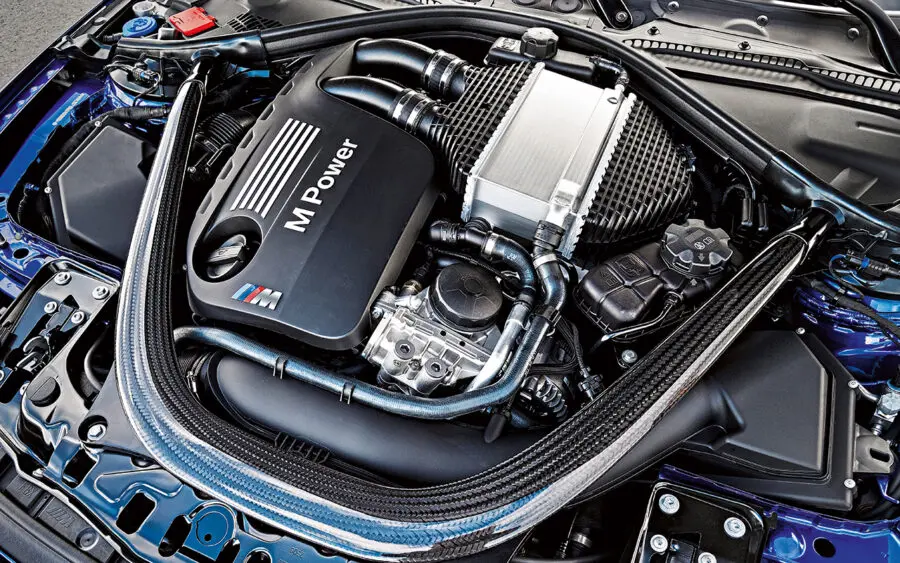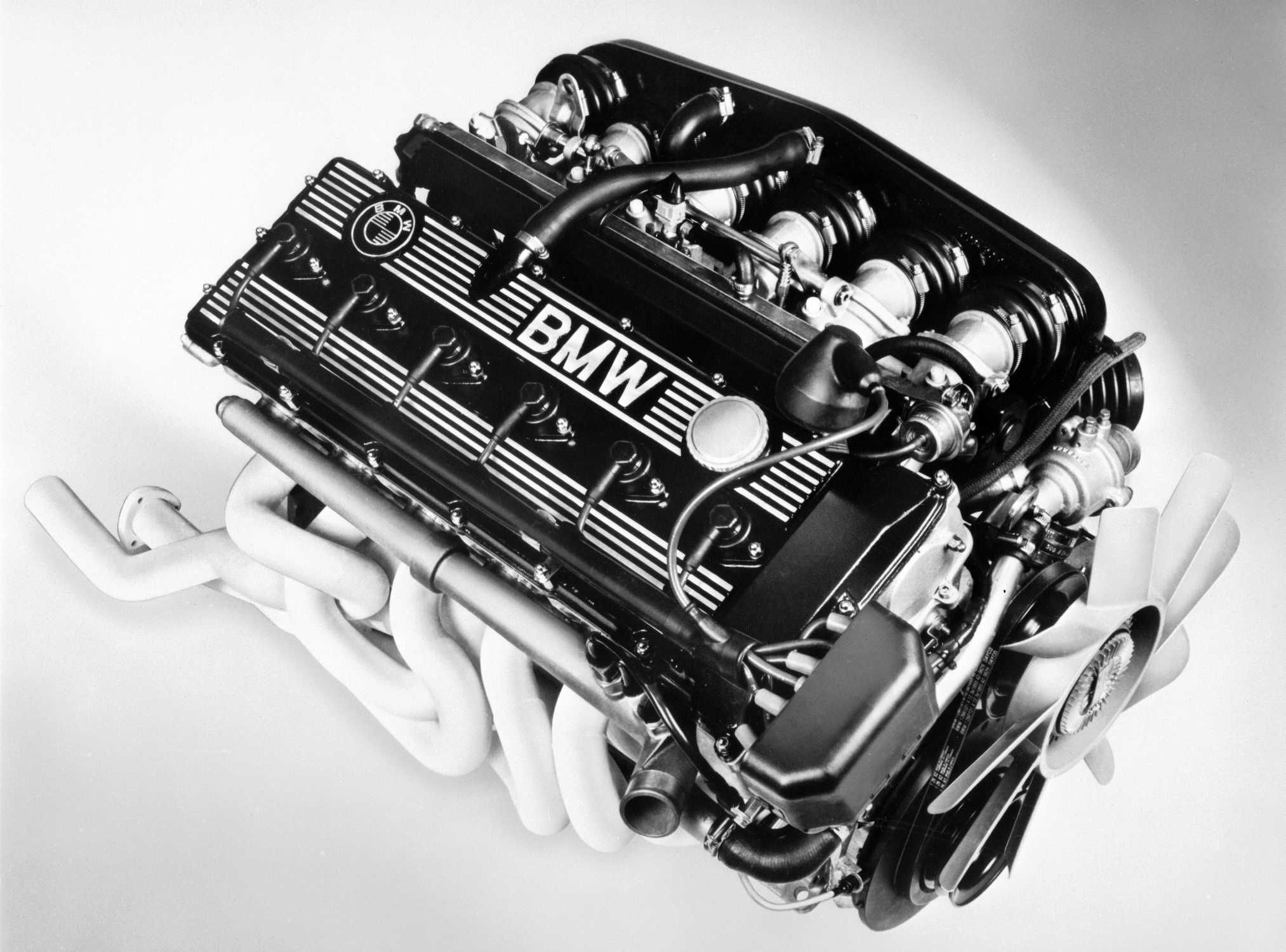Top 5 BMW Engine Technologies Revolutionizing the Automotive Industry
Checking Out the Advancement of Burning Engines in Modern Transport Solutions
As we browse the landscape of modern-day transport, the evolution of burning engines stands as a testament to human resourcefulness and design expertise. The interplay of background, modern technology, and environmental worries in forming the trajectory of combustion engines creates a story that is both engaging and informative.
Early Beginnings of Combustion Engines
Exactly how did the principle of burning engines first arise in the early phases of transportation growth? The origins of combustion engines can be traced back to the 17th century when the principles of inner combustion were initial checked out.
The development moment came with the creation of the initial effective gasoline-powered engine by Karl Benz in 1885 - bmw engine. This engine led the way for the advancement of the modern-day automobile, revolutionizing transport systems worldwide. Succeeding developments by Nikolaus Otto and Gottlieb Daimler better improved combustion engine modern technology, bring about the mass manufacturing of autos and the rapid growth of the transportation industry
These very early combustion engines were characterized by their simplicity and efficiency, laying the structure for the complicated and effective engines used in contemporary transport systems. The advancement of burning engines has been crucial fit the method we travel and move products, noting a substantial milestone in the history of transportation advancement.
Change to Internal Burning Innovation
The change to interior burning innovation marked a pivotal shift in the advancement of transportation systems. This shift started in the late 19th century, with inventors like Nikolaus Otto and Gottlieb Daimler developing the first effective interior burning engines. These engines transformed transportation by supplying an extra powerful and efficient choice to steam engines and electric motors.
One of the essential advantages of interior burning engines was their ability to be scaled down to suit cars, resulting in the growth of vehicles and motorbikes. This shift from cumbersome, stationary engines to compact, mobile ones led the way for the modern transportation systems we see today.
The transition to inner combustion technology also stimulated innovations in fuel innovation, bring about the growth of fuel and diesel as primary fuel sources for automobiles. This change not only made transport more easily accessible to the masses however likewise laid the foundation for the oil and gas sector to end up being indispensable to worldwide economies.
Impact of Combustion Engines on Transportation
The fostering of burning engines in transport systems catalyzed a profound shift in the effectiveness and speed of global wheelchair. Combustion engines revolutionized transportation by supplying a reliable and functional source of power for various vehicles, including cars and trucks, trucks, ships, and airplanes. This advancement dramatically improved the ability for individuals and goods to move over fars away in much shorter time frameworks, bring about increased connectivity between areas and countries.
Furthermore, the prevalent use burning engines has had a considerable effect on economic advancement. The capacity to carry products effectively has actually spurred trade and business, allowing companies to expand their markets and reach customers worldwide. This has actually assisted in economic development and globalization, as items can currently straight from the source be transported faster and in larger amounts than ever.
Nevertheless, the ecological influence of combustion engines can not be ignored. The combustion of nonrenewable fuel sources has brought about air contamination and greenhouse gas emissions, contributing to climate modification and browse around this site positioning wellness dangers to populaces. bmw engine. As an outcome, there is a growing emphasis on creating alternative propulsion technologies to mitigate these negative effects and produce a more sustainable future for transport
Technologies in Combustion Engine Design
One notable technology is the advancement of turbocharged engines, which use exhaust gases to drive a turbine that presses inbound air, allowing for even more fuel to be burnt, resulting in enhanced power outcome without a significant boost in engine dimension. Variable shutoff timing systems have additionally revolutionized engine layout by enhancing airflow at various engine rates, enhancing both power and performance. These advancements collectively add to the constant enhancement of burning engines in modern transportation systems.
Future Trends in Burning Engine Advancement
With technology advancements driving continual advancement, the future of burning engine growth is positioned to reinvent transport systems worldwide. One of the crucial trends in burning engine growth is the press in the direction of greater effectiveness and reduced exhausts.
Another prominent trend is the fostering of crossbreed modern technologies in combustion engines. Crossbreed engines integrate conventional burning innovation with electric power, offering boosted gas performance and reduced discharges. As the automobile sector changes towards electrification, hybrid combustion engines are viewed as a transitional service that bridges the void in between traditional automobiles and fully electric ones.
Moreover, the assimilation of wise innovations, such as expert system and information analytics, is anticipated to navigate to these guys play a significant function in the future of combustion engine advancement. These technologies can enhance engine performance in real-time, bring about much more efficient burning processes and enhanced total lorry efficiency. Accepting these future patterns will certainly not just drive technology in combustion engine development however likewise add to a more sustainable and eco friendly transport ecological community.

Verdict
In conclusion, the evolution of burning engines in modern transportation systems has actually been marked by substantial advancements in technology and design. From the very early starts of combustion engines to the shift to interior combustion modern technology, these engines have actually had an extensive influence on transportation.
The roots of burning engines can be traced back to the 17th century when the principles of internal burning were initial checked out. These engines reinvented transport by using an extra reliable and effective option to heavy steam engines and electrical motors.
